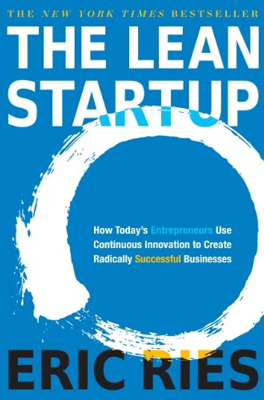Test
Minimum Viable Product (MVP) and Validation
The concept of a Minimum Viable Product (MVP) is central to lean startup methodologies, emphasizing the need to start the learning process as quickly as possible with the least effort. Unlike traditional product development, which may involve a lengthy and detailed incubation period aiming for a perfect product, an MVP seeks to test fundamental business hypotheses early in the process. This approach is designed to maximize validated learning through the Build-Measure-Learn feedback loop while minimizing time and resources spent.
Groupon's Journey Through MVP
Groupon, initially started as The Point, pivoted to become a group coupon service when its original model did not meet success expectations. The company’s first iteration—a simple two-for-one pizza deal—was featured on a rudimentary WordPress blog. This approach, however simplistic, proved the concept's appeal and led to scalable success. Groupon's journey exemplifies the effectiveness of starting with an MVP, focusing on essential functionalities to learn and adapt rapidly.
Concept of Building MVPs in Tech Companies
Dropbox and Food on the Table are two examples where MVPs played a crucial role. Dropbox used a video MVP to validate customer interest in an easy-to-use file-syncing solution before fully developing their technical solution. Food on the Table began with a manual MVP that involved personalized meal planning and grocery shopping for a single user, allowing them to refine and validate their business hypothesis directly based on customer feedback.
Importance of MVP for Early Adopters
Early adopters are crucial in the MVP process due to their willingness to use a product that is not yet perfect. They can visualize the potential of a product and are more forgiving of imperfections, making them ideal for initial validation phases. Companies like IMVU and Google’s Aardvark utilized MVPs to gauge early adopters' reactions, helping shape the product's future iterations effectively.
MVP and Its Role in Reducing Development Waste
The essence of using an MVP is to identify and eliminate any feature, process, or effort that does not directly contribute to the validated learning sought. This approach helps in avoiding the excessive waste that could occur if a full-featured product fails to meet market needs after a significant investment in time and resources.
Overcoming Challenges and Misconceptions in MVP Development
Despite its benefits, the path to creating an MVP can face various obstacles ranging from legal issues and concerns about competitors to potential risks to brand reputation and dealing with bad news. However, these challenges can be managed through strategic responses, such as using a different brand for MVP trials or ensuring legal protections are considered early in the development process.
Commitment to Iteration and Learning
Entrepreneurs must commit to continued iteration and flexibility, regardless of initial MVP test results. This mindset allows entrepreneurs to pivot or revise their strategies based on empirical learning, rather than giving up or rigidly sticking to an initial plan. This approach is essential to adapt and thrive in conditions of significant uncertainty typical of startup environments.
